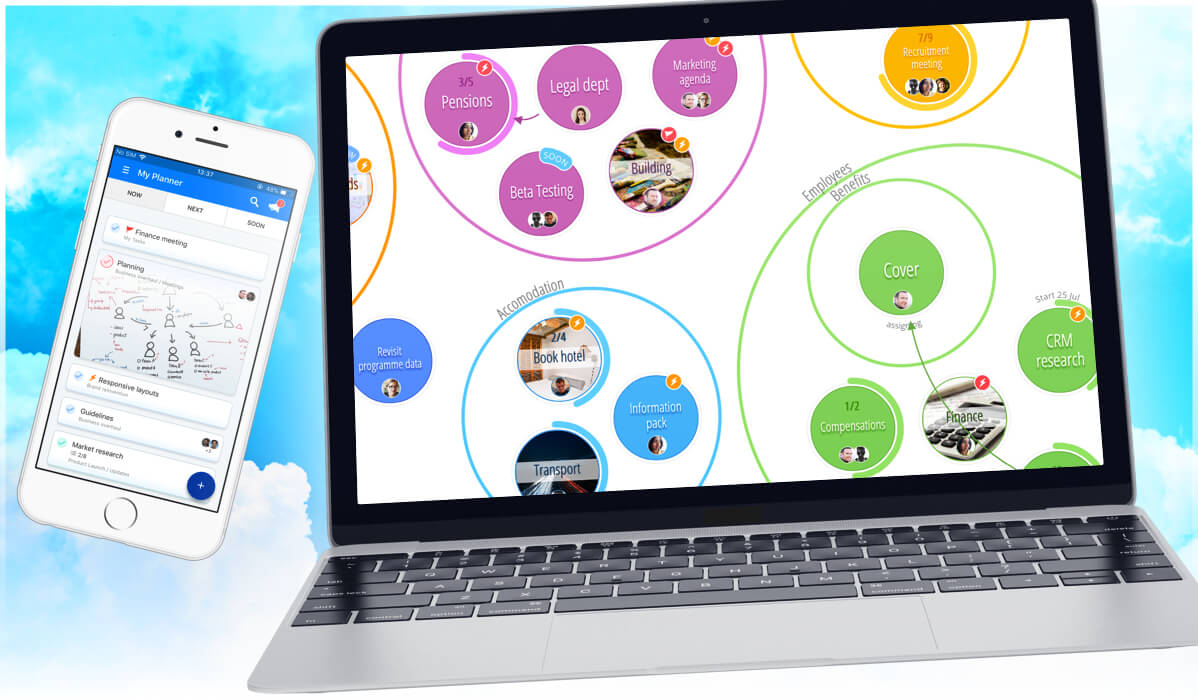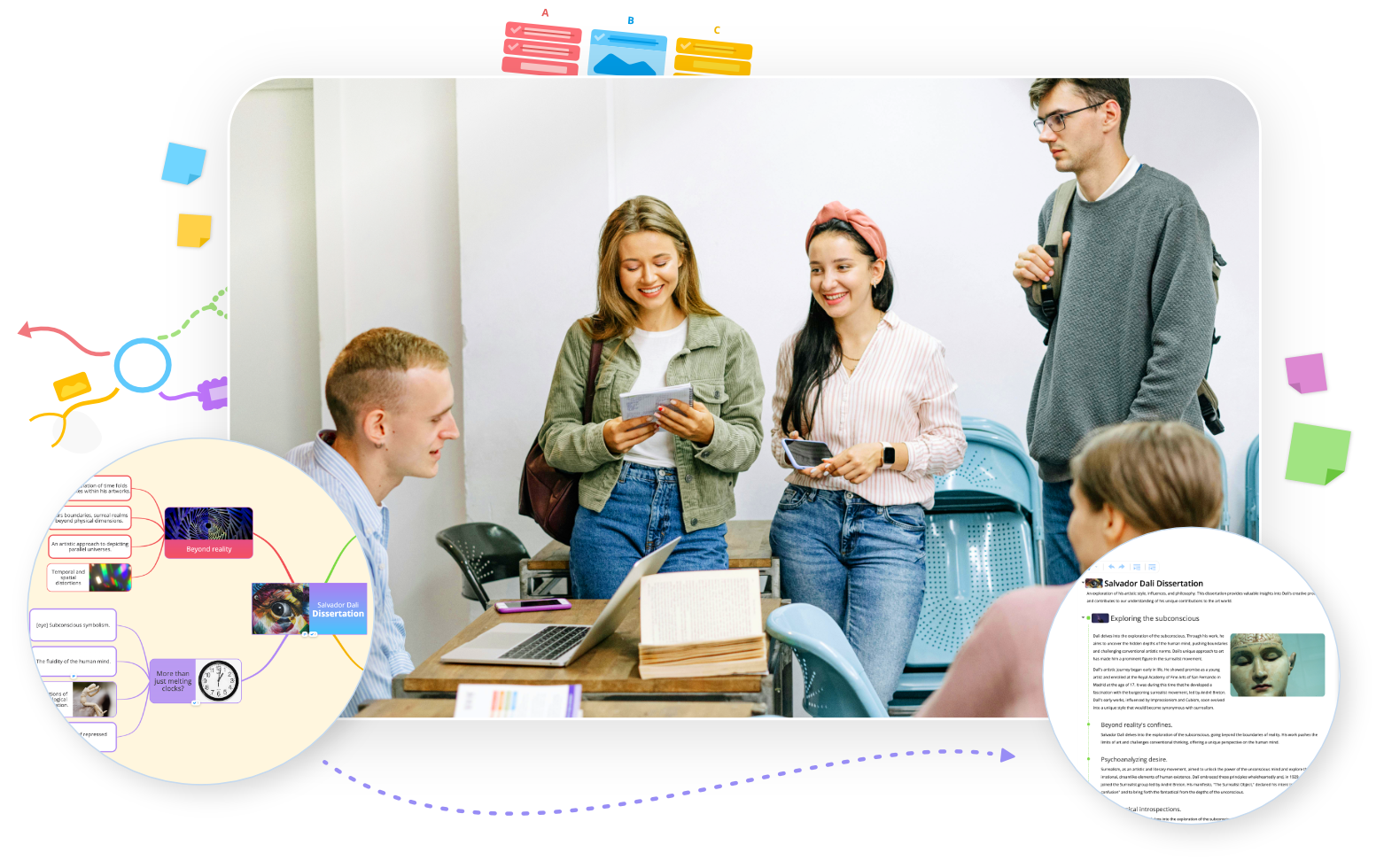*PLEASE NOTE – DropTask is now Ayoa – an all-in-one tool for idea generation and collaboration, that goes beyond traditional task management. Discover Ayoa and achieve your best work.*
22/07/14 Editors Note: After publishing this blog, you let your voice be heard and told us that you would like to see ‘Effort’ stay. As a result, we’re pleased to announce that this attribute will no longer be removed! Your opinions, suggestions and needs mean a lot to us, and therefore our new ‘Urgency’ and ‘Importance’ attributes will be joining ‘Effort’ and ‘Status’ in the very near future!
Ever found yourself wondering how to determine your next course of action? Well last week we were thrilled to introduce you to our latest feature addition, Task Dependencies – designed to help you define the order in which a series of related tasks should be actioned. But now, we’d like to give you a little sneak peek into yet another enhancement which will greatly impact your decision-making process and make your completed tasks really count…
New Task Attributes
In a couple of weeks we’ll be transforming our existing ‘Priority’ and ‘Effort’ attributes into Urgency and Importance – loosely based upon an established decision-making principle that originates from Dwight D. Eisenhower; a former president of the United States.
Our new task attributes will work hand in hand to deliver a much better solution for prioritisation, and will ensure that the tasks you complete are really the ones that matter the most.
(And don’t worry, you won’t be losing any of the existing values you’ve already set for priority and effort – they’ll simply be represented by urgency and importance but with an extra 2 values to choose from, as per your request.)
Understanding ‘Urgency’
These options will help determine which of your tasks require immediate attention, and each of the various urgency levels will still be visually represented using the colourful ‘Priority’ labels that you’re already used to.
Understanding ‘Importance’
The importance of a task should be determined by long-term goals and the overall significance of completing the action.
Selecting the various levels of importance will cause your task circle to either shrink down or expand, thus helping you identify important tasks with a single glance.
Applying the Principle
Once the urgency and importance for a selection of tasks has been applied, your next course of action should be easier to determine. In most cases, very urgent and very important tasks will be the ones which require immediate action, as they are the ones which will hold the most impact. An example of something very urgent and very important could be a task to renew your passport – as the completion of this task is not only time significant (assuming you’re jetting off within days), but also a task that holds significance and fulfils a long-term goal.
But you may often have tasks which have low importance but high urgency – like buying stamps or replacing a light bulb, and then there are the tasks which have high importance but low priority – like reading a particular book or going travelling.
No matter which category your task falls into, you should ultimately find that by using this Eisenhower-inspired principle you’re gaining full control over prioritisation and opening up the possibility of completing your tasks in a way that will give you a greater sense of achievement. We can also reveal that these new values are part of an upcoming bigger development that the team are currently working on with regards to data visualisation, but further details regarding this will be released in the coming months.


